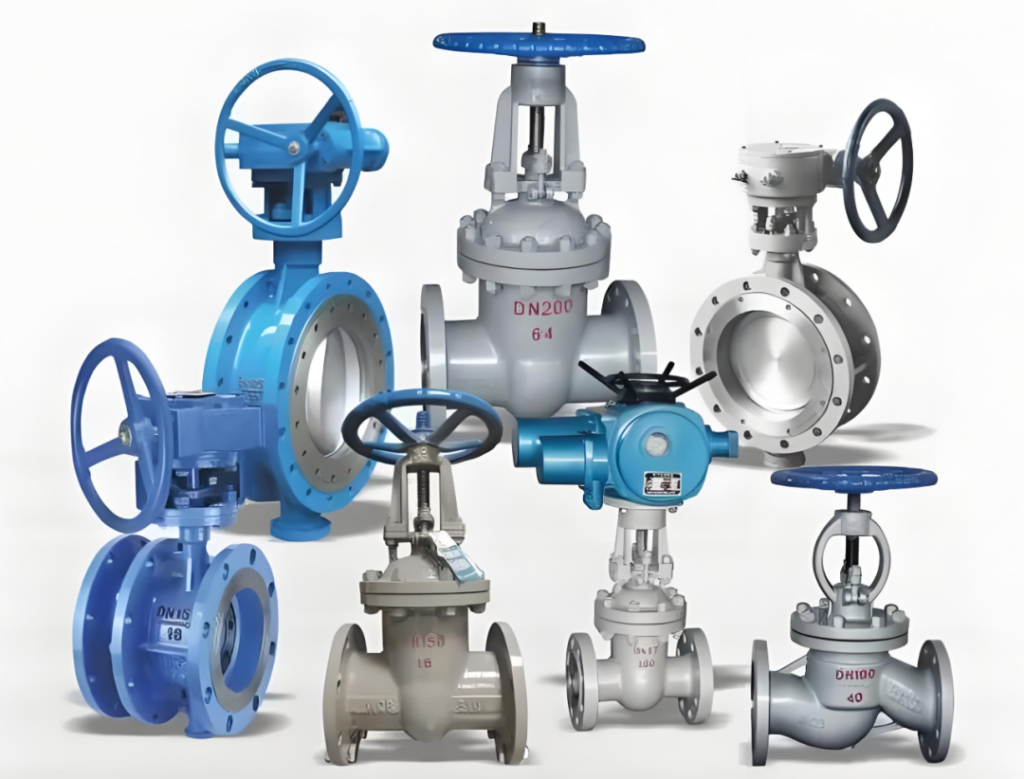Abnormal pressurization in the gate valve cavity is an invisible threat to industrial safety. In this paper, we analyze the formation mechanism, hazards and protection programs to help you build a reliable fluid control system.
First, the cause of the pressure rise in the cavity
Wedge double gate (Z42/Z62) and resilient gate (Z40/Z60) gate valve because of the double side seal design, easy to trigger a sudden rise in pressure in the cavity at high temperatures. For example:
Thermal power system: valves closed after the cold water pressure test, boot warming to 250-300 ℃, closed water vaporization leads to exponential pressure growth.
Chemical pipeline: medium temperature change triggers liquid expansion, beyond the valve body pressure limit.
Second, the three major hazards of overpressure
Hazard type Specific risk Typical case
Equipment damage Valve stem fracture, cracked gate frame, motor burnt out Power plant feed pump valve failure
Safety accidents High temperature / toxic media leakage, explosion Petrochemical plant toxic gas leakage
Loss of production System downtime, maintenance cost surge Blast furnace shutdown in steel plant
Comparison of protection programs
- Built-in pressure relief hole design
Principle: The upstream gate and valve seat are equipped with a connecting hole to balance the pressure between the middle chamber and the inlet.
Advantage: no external intervention, automatic pressure relief (cost reduction of 40%). - External bypass system
Configuration: Installation of a bypass line with shut-off valve to connect the center chamber to the upstream.
Operation: Open the bypass before opening the main valve to relieve pressure (for retrofitting of installed valves). - Specialized pressure relief valve
Function: Set the discharge pressure to 1.33 times the nominal pressure (ASME BPVC standard).
Installation: Matching shut-off valve for easy maintenance, recommended for high-pressure systems (e.g., petroleum pipelines).
Fourth, the safe operation of the norms
Commissioning points
Electric valve closing torque to the minimum value, to avoid wedging the gate.
High-temperature valves reserved stem thermal expansion gap (recommended 0.5-1mm).
Material upgrade
High-pressure scenarios using forged steel valve body (API 600 certification).
Stainless steel lining (e.g. 316L) is used for corrosive media.
Monitoring Technology
Installation of a pressure transmitter to monitor the center chamber pressure in real time.
Annual thermal imaging detection (to identify areas of abnormal temperature rise).
V. Industry Standards and Certifications
ASME B16.34: Valve pressure – temperature rating specification.
API 6D: pipeline valve design and testing standards.
ISO 15848-1: International Standard for Valve Leakage Control.
Summarize
Prevention of overpressure in the cavity from the design, installation to operation and maintenance of the whole process of control. It is recommended that an ASME-certified engineering team be commissioned to customize a pressure relief solution, with preference given to valves with built-in safety features (e.g., Z62 series with pressure relief holes). Regular maintenance and pressure testing can reduce the risk of accidents by more than 70% and ensure the long-term stable operation of the system.
